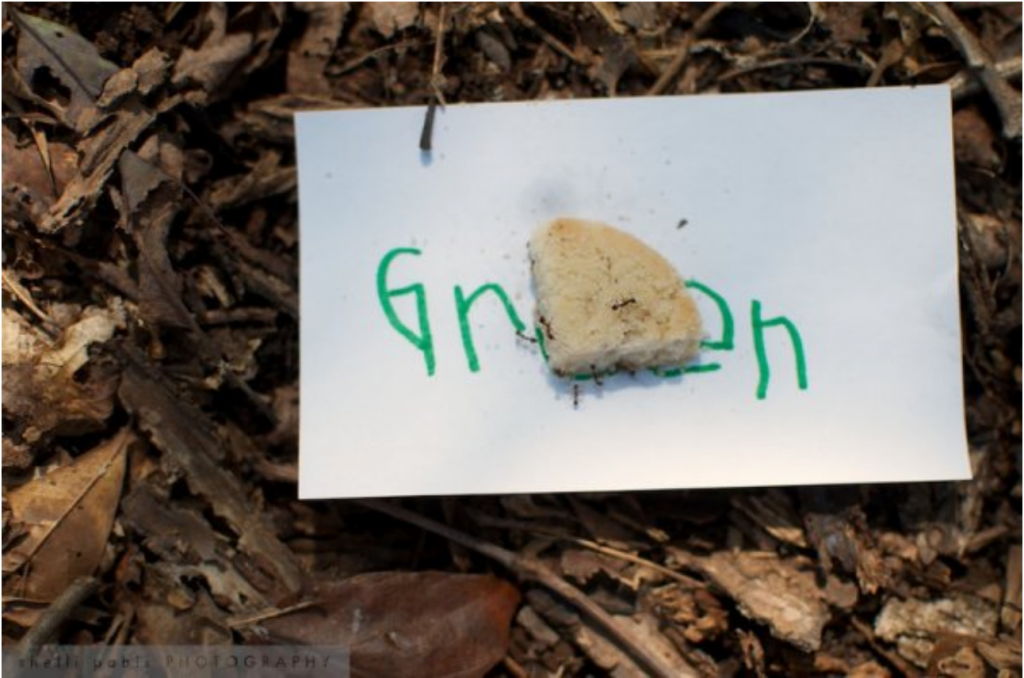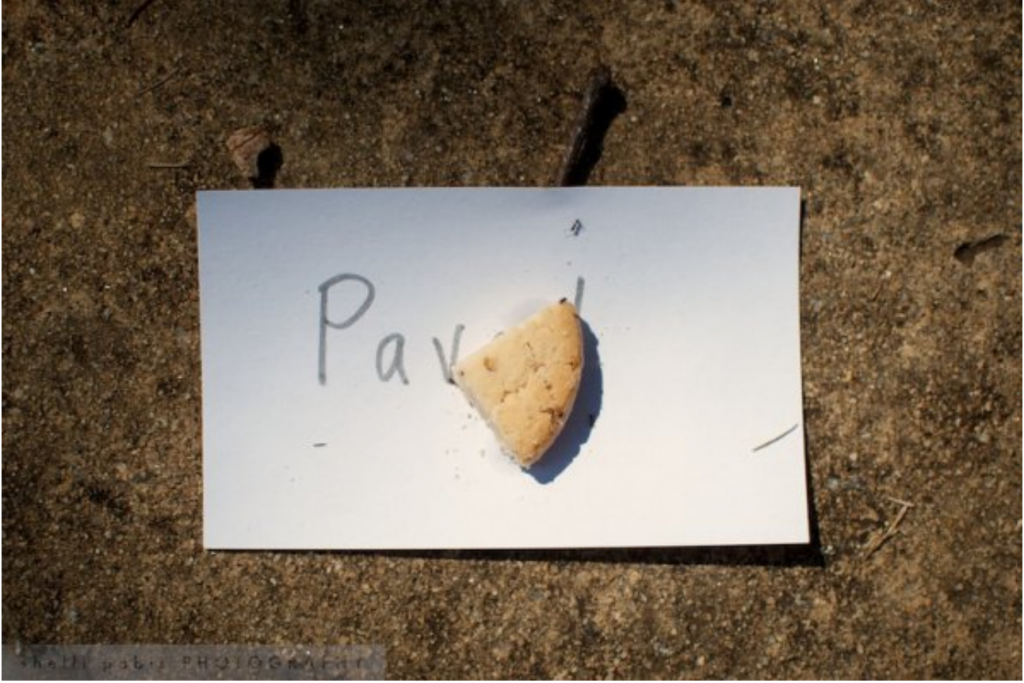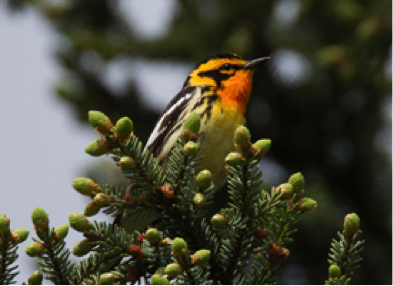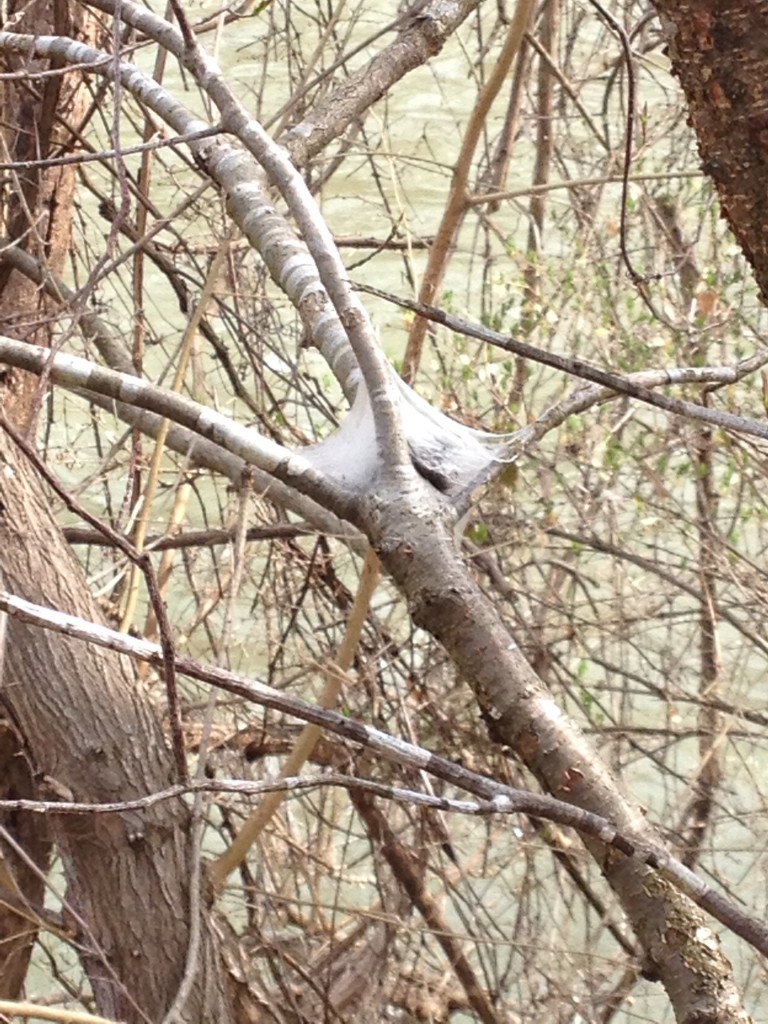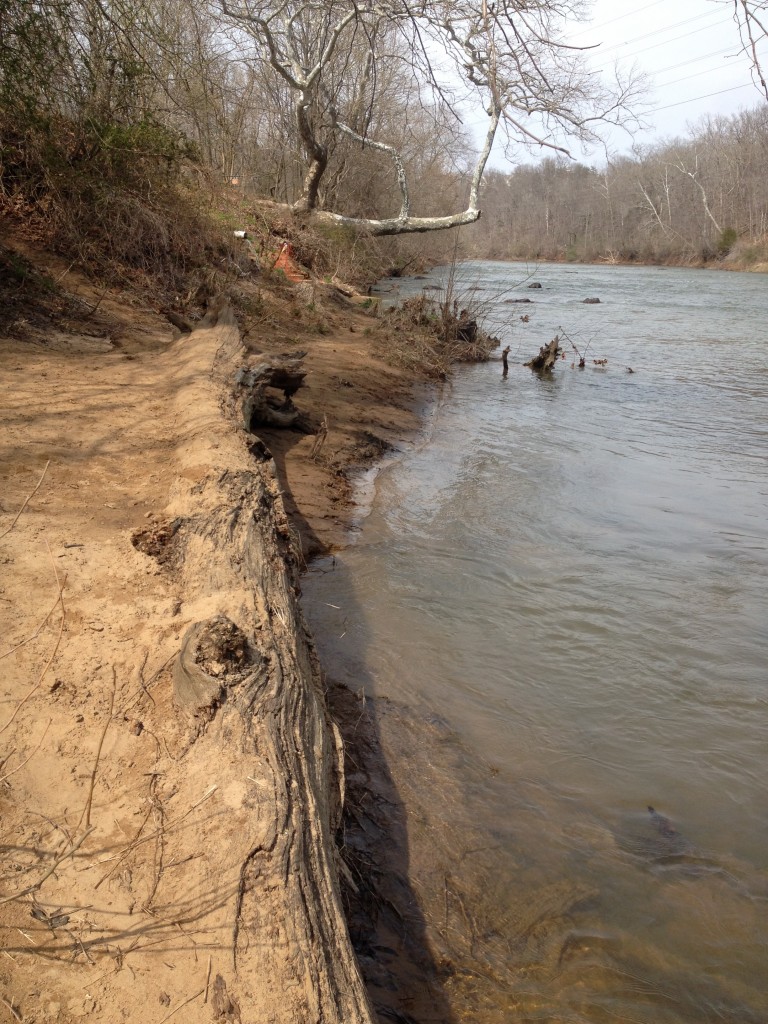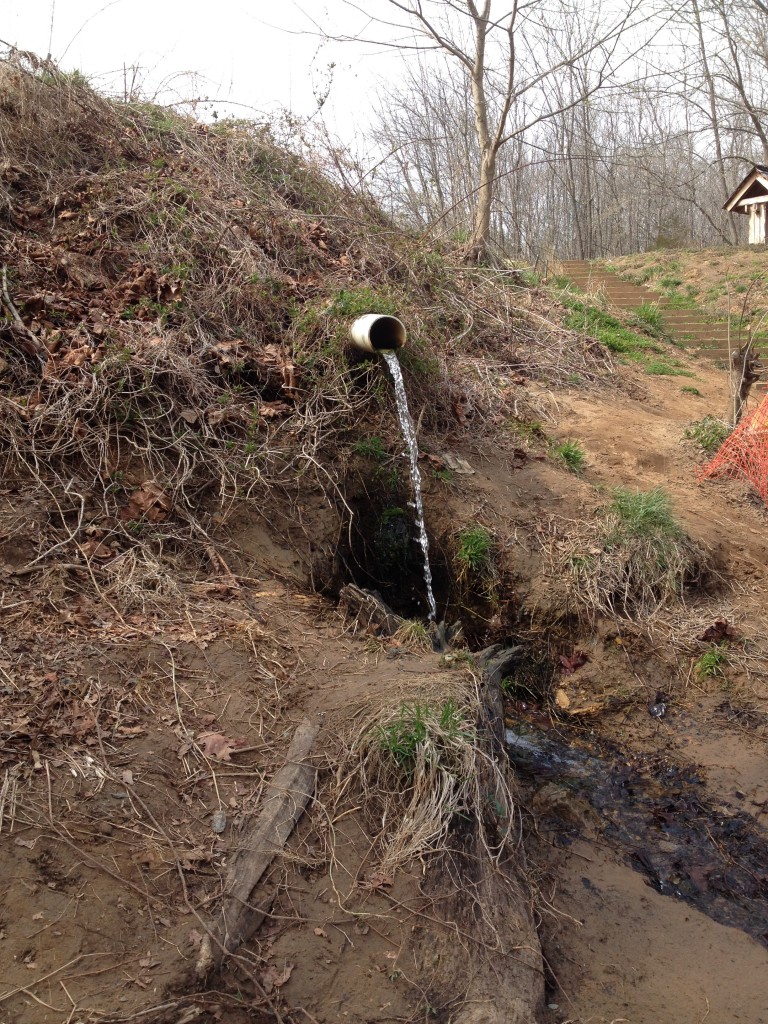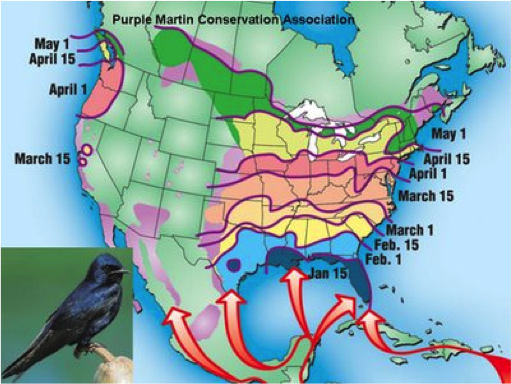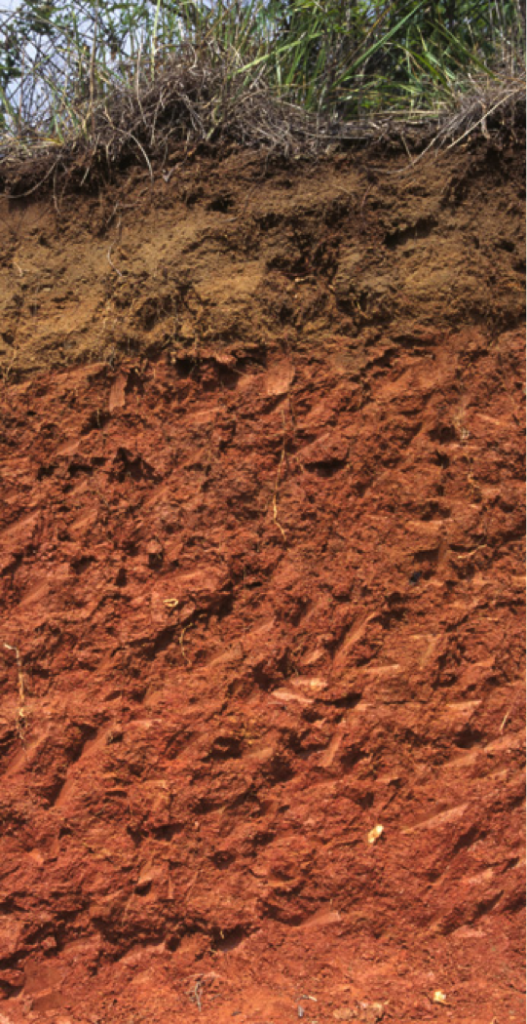On March 21st, our BioGrounds team met with Facilities Management to discuss our project and talk to them about the feasibility of actually accessing various green and non-green roofs around Grounds. Prior to the meeting, we put together a comprehensive project plan to give to the Facilities Management team so they could get a better idea of what we were planning to do. Professor Beatley also joined us and was extremely helpful facilitating our discussion.
As excited as we were about this Green Rooftops project, Facilities Management seemed to be even more so. After seeing our project plan, they were extremely interested in our project and willing to help us. They told us about the many current green roofs around Grounds as well as the plans they have in place for various future green rooftops. I think our team was under the impression that the only green rooftops were on Culbreth Theater, the Roberston/Rouss building, Newcomb Hall, and Garrett Hall. However, we soon discovered that there are green roofs on many more buildings. We were excited to learn there were so many more possible test sites for our research!
Facilities Management discussed each roof with us, warning us that access to all these roofs is not always easy. Some roofs, like on Nau/Gibson Hall, are complicated to access and require being “tied-off”, wearing safety gear, and/or being chaperoned by a Facilities Management roof expert. These roofs are considered to have fall risk and, therefore, would make the University liable in the event of a student injury or fall. These safety precautions may make our research more difficult, but they also seem to be found on roofs that would be the most effective study sites.
Our resources at Facilities Management listed the most available roofs for this kind of research: Special Collections, the annex to Garrett Hall, MR5, MR6, Thrust Theater, the Commerce School, South Lawn, and the UVa Hospital. They also recommended that we take a tour of these roofs, so that we can have a better idea of how each would fit into our project.
The UVa Hospital was an interesting suggestion, considering it is not a green roof. Facilities Management and Professor Beatley suggested we use this roof as a control so that we can compare green roofs against non-green roofs. What is even more interesting is that this roof is scheduled to be re-furbished as a green roof in the coming years. By studying this site, our team has the opportunity to set up a long-term study of the Hospital roof. We hope that future BioGrounds teams will continue our study and continue conducting research on the biophilia of the Hospital roof. It will be enlightening to see how biophilic elements change as the roof is converted from its current non-green state into its future green rooftop state.
It seems to me that UVa is making progress on becoming a more green University. Facilities Management made it clear that more green roofs were on the horizon and that their popularity is growing among University members. As the meeting closed, I asked if UVa would ever consider constructing green roofs that could remain completely accessible to students for leisure, recreational, and educational activities. While Facilities Management seemed interested in this concept, they had their doubts about it. However, they stated it could be a potential, especially in the Hospital area and on new buildings in the future. As we have learned in class, exposure to nature has healing power and I would be happy to see green roofs be utilized as a means for providing more natural environments for students to take advantage of.
Look out for our next blog post about our UVa green rooftop tour!
Post by Maddie Swartzwelder, Third-Year, Environmental Thought & Practice


